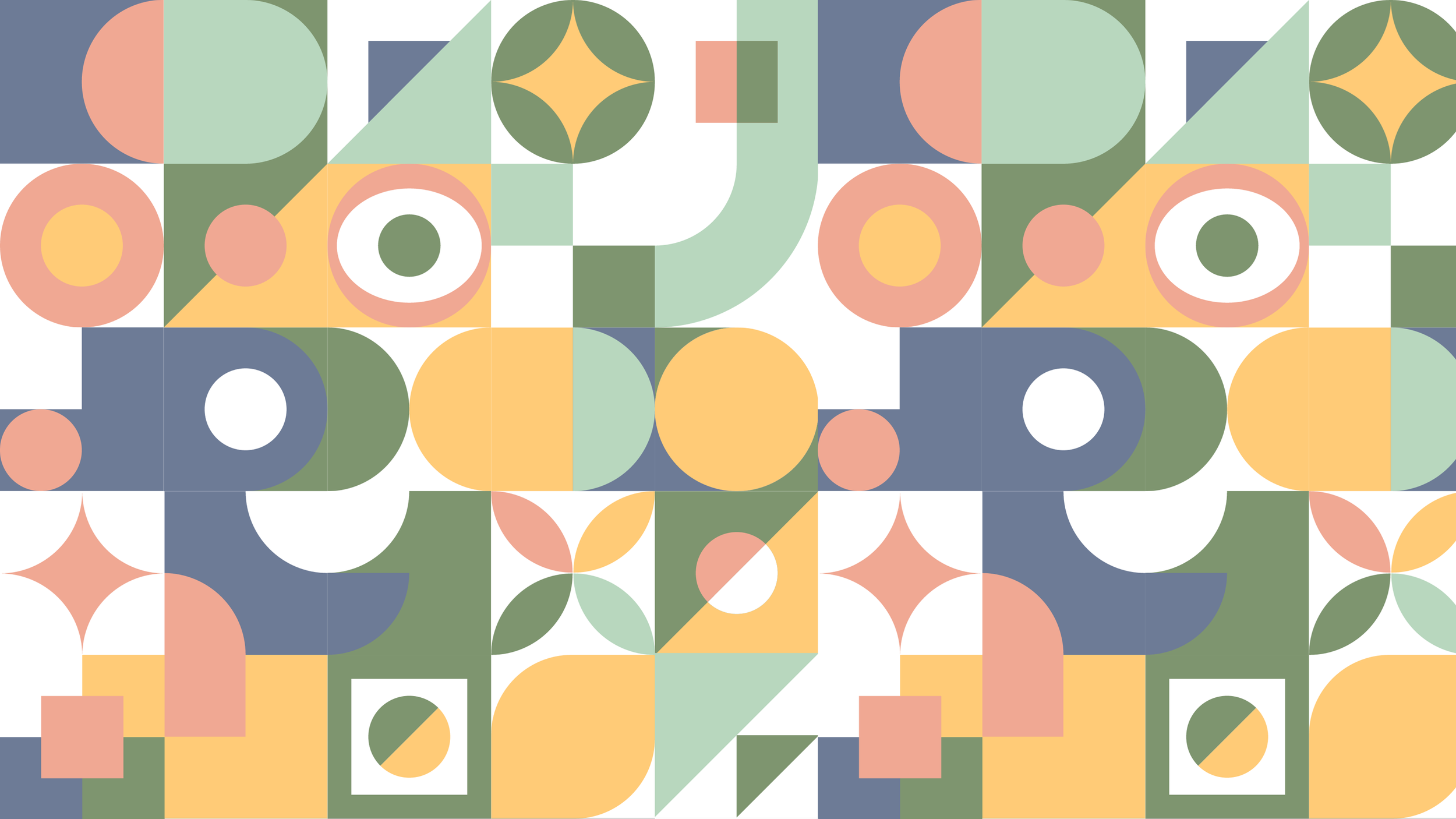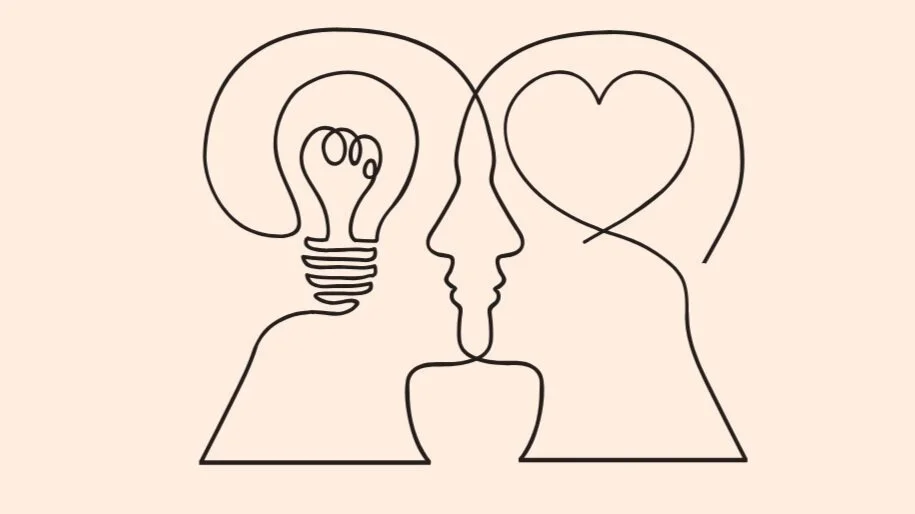Scalable and Sustainable Models in Education
Challenge
As Principal instructional designer, develop a product to deliver Stanford innovation content to global audiences, at scale.
Overview
As part of a national initiative to end reliance on an oil based economy, the United Arab Emirates determined that all Universities should offer experiential education in innovation and entrepreneurship. The hope is that through these experiences, students will begin to identify new opportunities and establish new (non-oil) businesses within the UAE.
Working closely with UAE’s Ministry of Education, we developed a targeted innovation education program that could scale quickly to foster innovation talent throughout the country. This product went on to be licensed to additional international University systems.
Outcome
I developed a pilot program to test a replicable model of capacity building and closing the gap between academia and industry. Since the UAE pilot program in 2016, it has grown to impact thousands of learners around the world.
More than 50 universities have licensed the program, including in the UAE, China and India
200+ faculty and instructors have used the program to be trained in and offer experiential innovation education
Thousands of students from the Middle East and Asia have graduated from the program
Fun Fact: I was selected to receive the Stanford School of Engineering Inspiration Award for my dedication quality, impact, and teamwork while leading this project.
Program Design and Considerations:
Scale:
The biggest consideration of this design was scalability. While I was confident we had adequate systems to distribute the content, I was not sure that the content we were providing would be equally effective to all that consumed it.
What I mean by this, is that you think about scalability you must think about the infrastructure and logistics of scaling, but you must also think about the increased diversity of those who are consuming it. The needs, experiences, and goals are different in every classroom, even those that share a campus. To create a truly global product, one must deeply consider how to create a balance between standardizing the product for all who use it and providing space for each instructor to adapt when needed.
Standardization and Adaptation:
I used a model in which the core objectives of the curricula were not able to be changed, but the instruction could be adapted based on classroom needs. I thought of this as a spectrum and designed a range of materials and support documentation that could be used in different combinations depending on instructor and class needs.
Cross-Cultural Experiential Education:
Focusing on experiential education on a global scale is also a difficult puzzle to solve. The reality is that cultural norms, laws, and traditions may prohibit people from doing the same things based on gender, religion, nationality, race, etc. For this reason, we had to adapt many experiences from the way they were traditionally done at Stanford. This required the team to sketch multiple ideas for each experience and solicit feedback from others quickly. When the feedback was conflicting or unclear, the team had to work within the strictest confines, to assure we would not deliver a program that could not be used or would encourage activity that could be taboo or dangerous to a student or instructor.
EXPLORE OTHER PROJECTS







